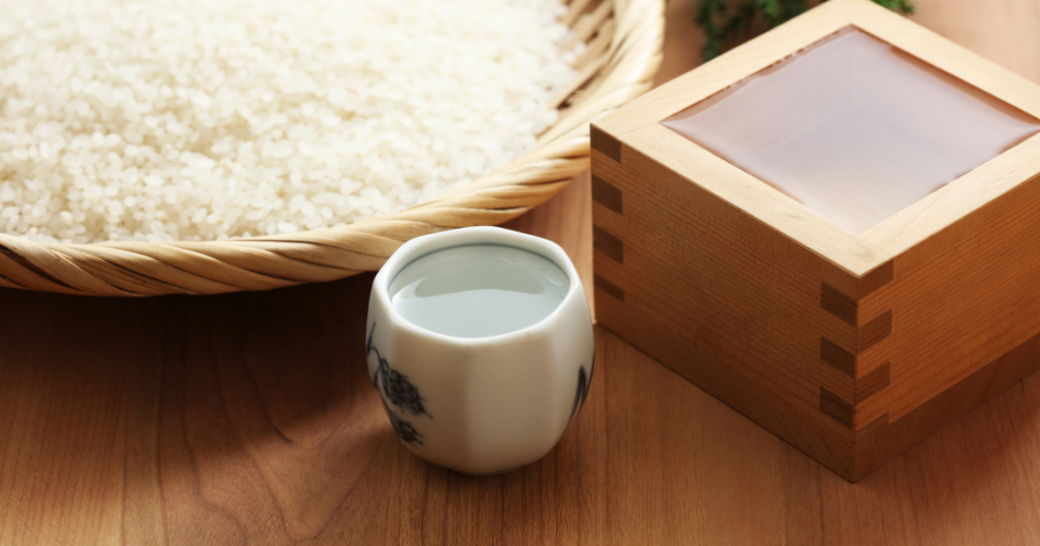Japanese sake, often simply referred to as “nihonshu” in Japanese, is a traditional Japanese alcoholic beverage made from fermented rice. It is a central part of Japanese culture and has been brewed for over a thousand years. The primary ingredients include polished sake rice, high-quality water, koji mold, and yeast. The brewing process involves several meticulous steps: rice polishing, washing, soaking, steaming, koji making, fermentation, pressing, filtration, pasteurization, and aging.
Sake can be enjoyed warm, at room temperature, or chilled, and is traditionally served in small cups called “ochoko” or “sakazuki.” Beyond just a beverage, Japanese sake represents the craftsmanship and cultural heritage of Japan, pairing well with various foods and providing a unique and complex tasting experience.
Sake’s flavour can range from sweet to dry, and it can have fruity, floral, earthy, or savoury notes. The taste depends on factors like rice polishing ratio, water quality, and brewing techniques.
Sake production dates back to the Yayoi period (300 BCE to 300 CE), where it was initially produced by chewing and spitting rice into a communal pot to begin fermentation. This method was eventually replaced by koji mold fermentation. Over centuries, sake brewing evolved with advancements in rice polishing, fermentation techniques, and the introduction of pasteurization by monk Bizen-no-Kami in the 17th century.
Sake is essential in Shinto rituals, weddings, and other ceremonies. It is often offered to deities as a form of purification and blessing. Sharing sake is also seen as a gesture of hospitality and bonding. The custom of pouring sake for others and not oneself reflects respect and camaraderie. It also plays a central role in festivals like Hanami (cherry blossom viewing) and New Year celebrations, symbolizing prosperity and good fortune.

